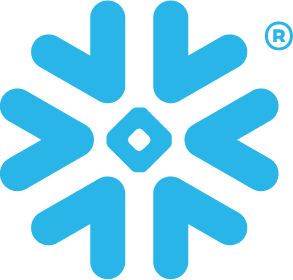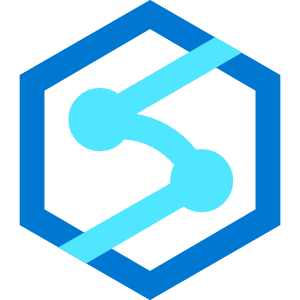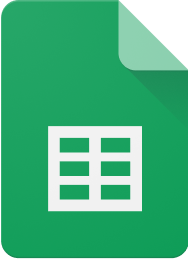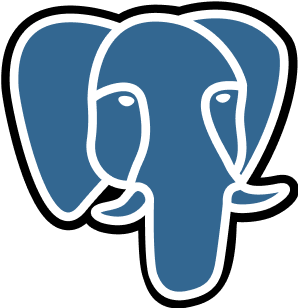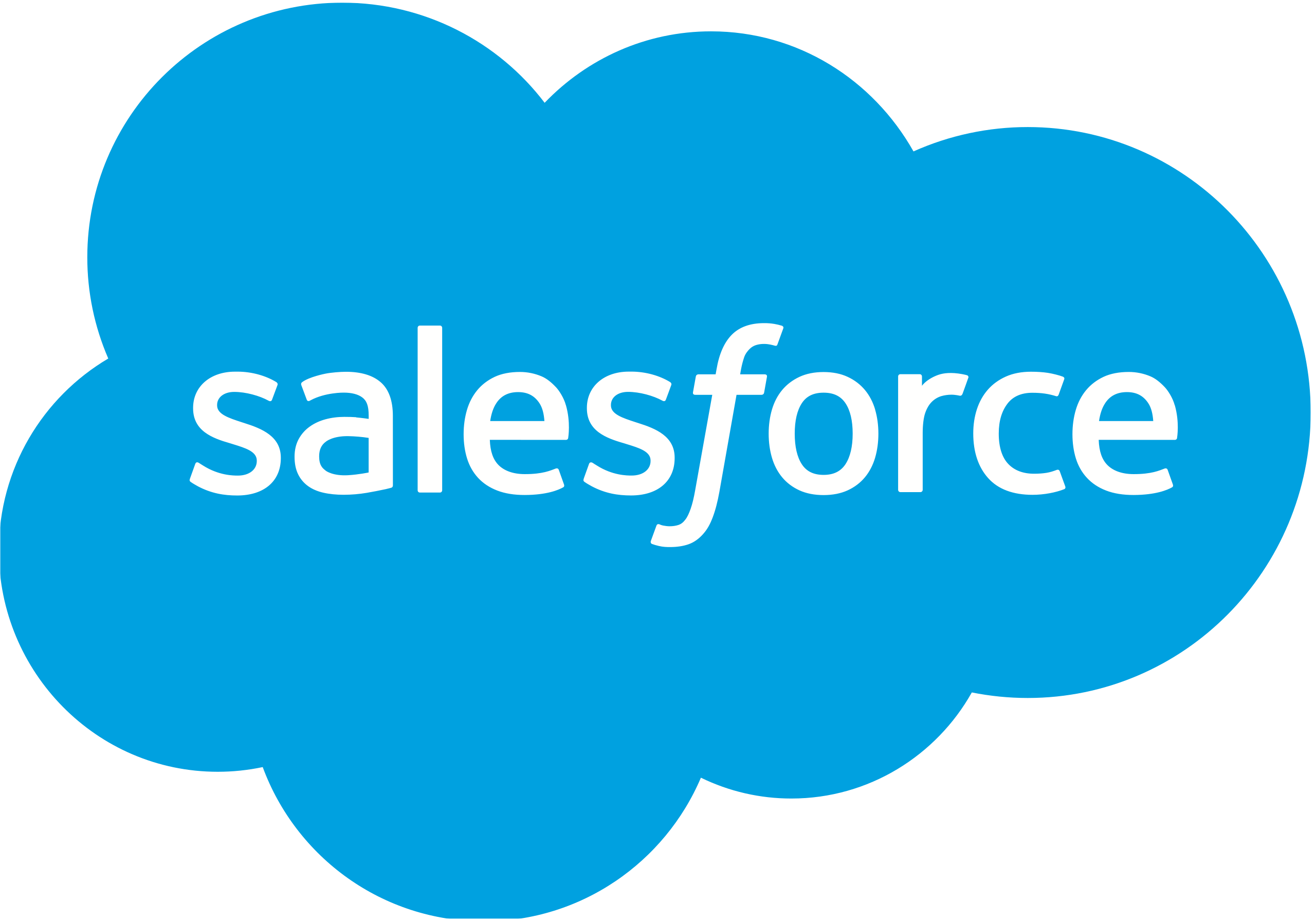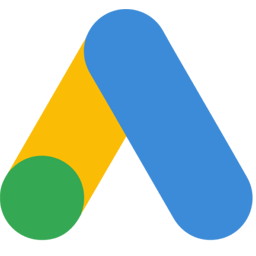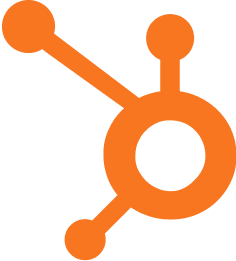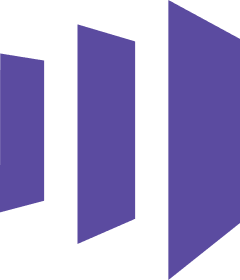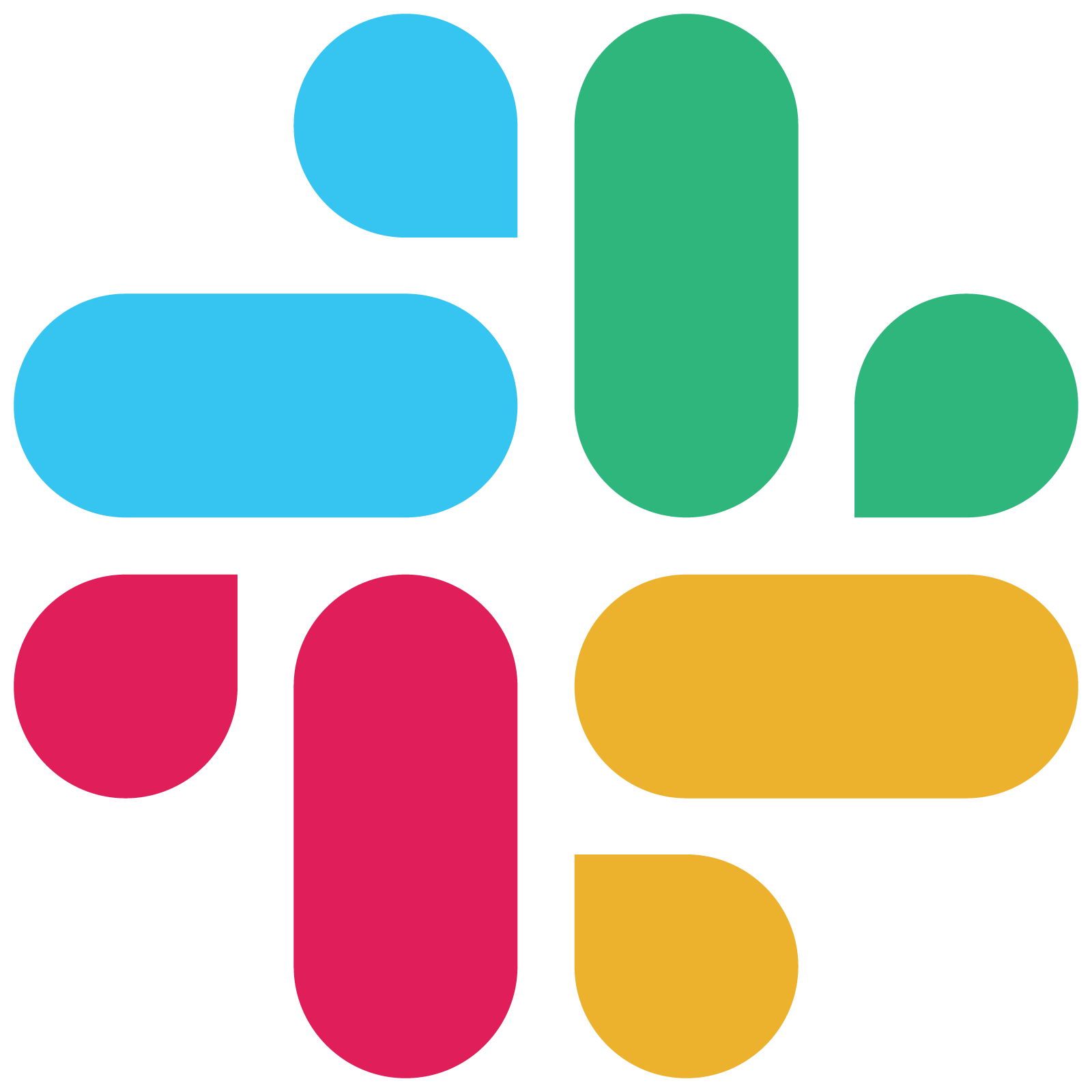Demand Forecasting Tools: Predicting Future Sales

Published on: October 01, 2024
Demand forecasting tools are sophisticated software applications and techniques used by businesses to predict future customer demand for products or services. These tools leverage historical data, market trends, and advanced algorithms to provide accurate forecasts, enabling companies to optimize inventory, production, and resource allocation.
Why Demand Forecasting Tools Matter 📊
In today's competitive business landscape, accurate demand forecasting is crucial for:
- Optimizing inventory levels
- Improving cash flow management
- Enhancing customer satisfaction
- Reducing operational costs
- Maximizing revenue potential
Key Features of Demand Forecasting Tools 🔧
Modern demand forecasting tools offer a range of capabilities:
- Data Integration: Seamlessly combine data from various sources
- Advanced Analytics: Utilize machine learning and AI algorithms
- Scenario Planning: Model different 'what-if' scenarios
- Real-time Updates: Adjust forecasts based on current market conditions
- Visualization: Present data in easy-to-understand graphs and charts
Types of Demand Forecasting Tools
| Tool Type | Description | Best For |
|---|---|---|
| Statistical Tools | Use historical data and mathematical models | Stable markets with consistent patterns |
| AI-powered Tools | Leverage machine learning for complex predictions | Dynamic markets with multiple variables |
| Collaborative Tools | Incorporate input from various departments | Large organizations with diverse stakeholders |
Implementing Demand Forecasting Tools 🚀
To successfully implement demand forecasting tools:
- Assess your current forecasting needs and challenges
- Choose a tool that aligns with your business goals and data infrastructure
- Ensure proper data quality and integration
- Train your team on how to use and interpret the tool's outputs
- Regularly review and refine your forecasting processes
Common Challenges in Demand Forecasting
While demand forecasting tools are powerful, they come with challenges:
- Data Quality: Inaccurate or incomplete data can lead to poor forecasts
- Market Volatility: Sudden changes in the market can affect forecast accuracy
- Over-reliance on Technology: Neglecting human insight and expertise
- Integration Issues: Difficulty in connecting with existing systems
The Future of Demand Forecasting Tools
As technology advances, we can expect demand forecasting tools to become even more sophisticated:
- Increased use of AI and machine learning 🤖
- Better integration with IoT devices for real-time data
- Enhanced scenario planning capabilities
- Improved user interfaces for non-technical users
By leveraging these advanced demand forecasting tools, businesses can gain a competitive edge in their market, optimize their operations, and drive growth.
Implementing Demand Forecasting in Your Stack
As you consider implementing demand forecasting tools in your sales or marketing stack, ask yourself:
- What are our current forecasting pain points?
- How accurate are our current demand predictions?
- Which departments would benefit most from improved forecasting?
- What data sources do we need to integrate for comprehensive forecasting?
- How can we balance automated forecasts with human expertise?
By addressing these questions, you'll be well-positioned to select and implement the right demand forecasting tools for your organization's needs.
For more insights, explore our demand generation strategy and marketing mix modeling tools.
